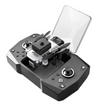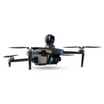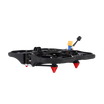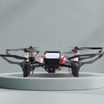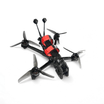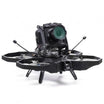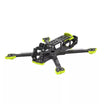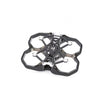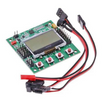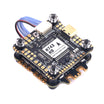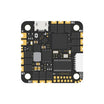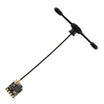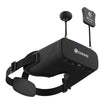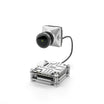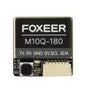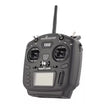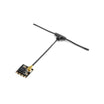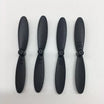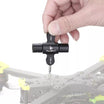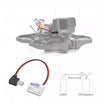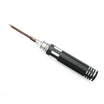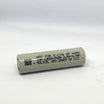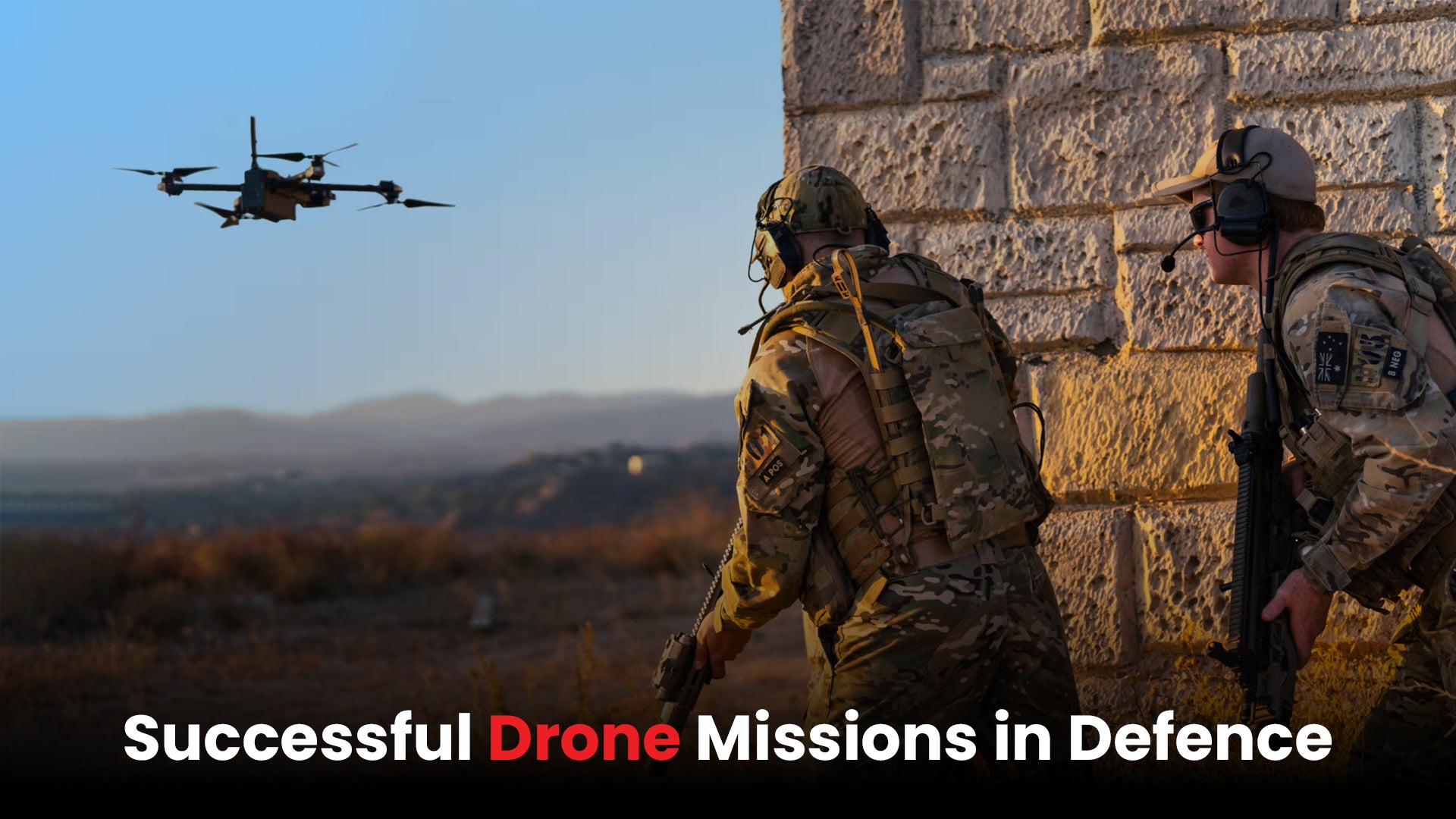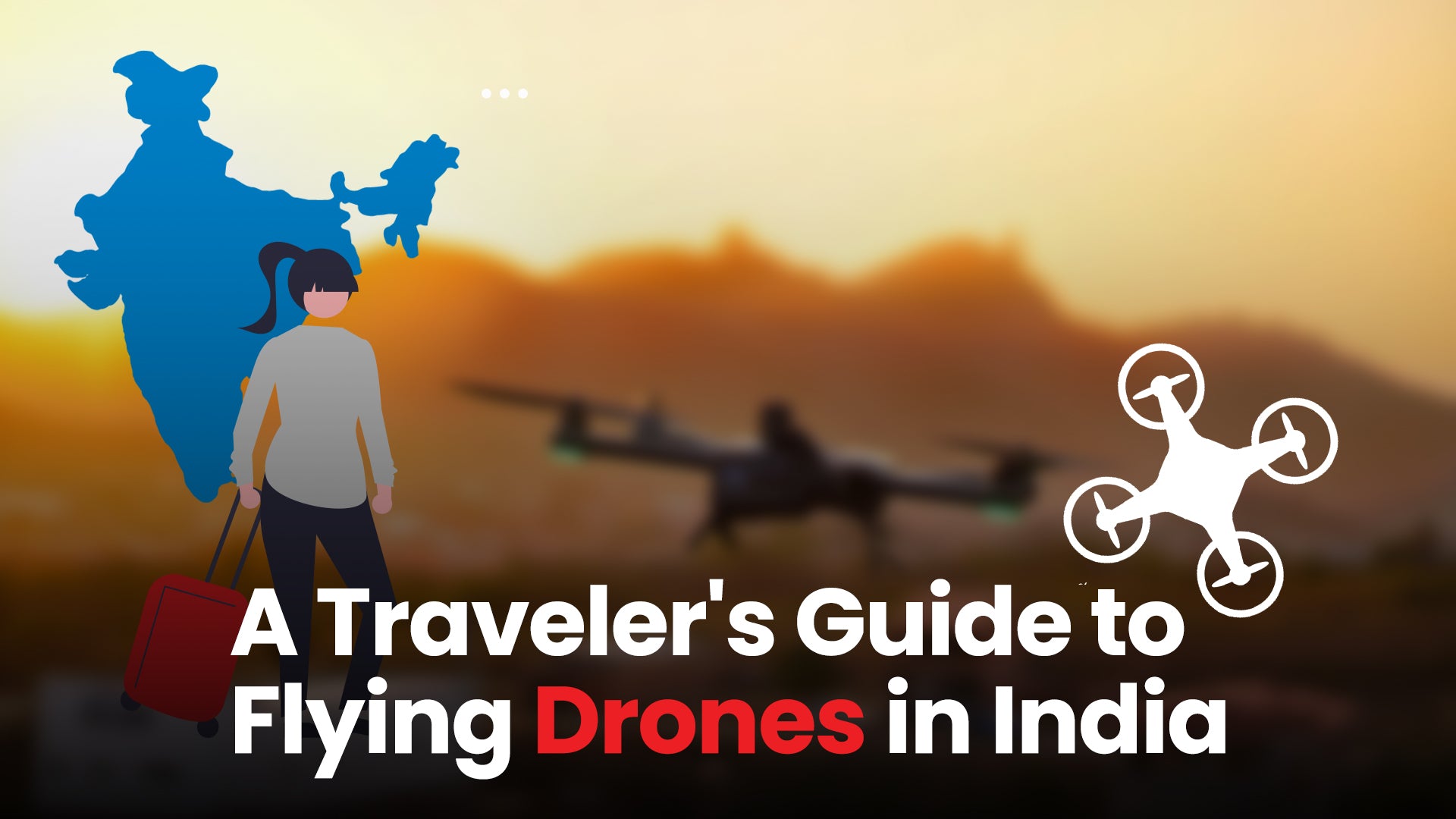Defence drones have quietly reshaped how wars are fought. What started as simple surveillance tools has now become a permanent part of global military strategy. From carrying out cross-border missions to supporting frontline troops, military drones are no longer support systems, they’re often leading the charge.
Advancements in stealth tech, machine-led decisions, and drone swarms are changing how countries plan their defence.
This blog covers the latest trends in defence drone technology and what’s coming next.
The Evolution of Defence Drones
Military drones, also known as Unmanned Aerial Systems (UAS), were first used to collect intelligence without risking soldiers’ lives. Drones like the RQ-1 Predator gave commanders a real-time view of the battlefield from a safe distance.
That was just the beginning. The arrival of armed drones like the MQ-9 Reaper added strike capability, these drones could locate and eliminate threats without sending in ground forces.
Countries saw results. The U.S. military used drones across Iraq and Afghanistan. Soon after, China, Russia, Israel, and India began building their own drone fleets. Today, these nations are pushing the limits of what next-gen military drones can do.
Also read: Ukraine launches its largest drone attack in Moscow
What's New in Defence Drone Tech
Let us go through some of the recent developments in defence drones.
Decision-Making Without a Pilot
Drones are now built to handle more than just flying. Using pattern-based systems and onboard computing, drones can:
-
Identify moving targets
-
Adjust routes mid-mission
-
Track and report activities
-
Strike with high precision
The U.S. tested this in the Skyborg program, where the drone could fly, spot a target, and take action without step-by-step instructions.
Indian defence developers are working on similar tech for tactical FPV drones that can operate near borders with minimal support.
Drones That Stay Hidden
Modern drone models are being built to go unnoticed. Stealth UAVs now include:
-
Noise suppression systems
-
Radar-absorbing materials
-
Thermal shields
-
Day-night camouflage
One well-known model, the RQ-180, can fly over enemy territory without being picked up on most radars. For regions like the Himalayas or border zones with hostile activity, stealth drones provide vital eyes-in-the-sky.
Also read: A guide to Elevate z1 drone: Built for defence, designed for detail
Drone Swarms That Work Together
Swarm drone technology is designed around teamwork. Dozens or even hundreds of drones fly in a group, sharing data and adjusting flight patterns together. They can:
-
Cover wide areas at once
-
Confuse enemy radars
-
Attack from multiple directions
In the Perdix tests, 103 micro-drones flew as one coordinated group. The Indian Army is also exploring FPV kamikaze swarms for frontline operations.
Drones That Change Their Payload Mid-Mission
New drone models come with modular payload bays, meaning:
-
You can switch out cameras for weapons or sensors
-
One drone can serve multiple missions
-
Field teams need fewer drone types in their inventory
This system is already in development in combat drones made in India, with flexible payloads designed for both defence and rescue missions.
Hybrid Designs for Difficult Terrain
Older drones either flew far or took off vertically but not both. Now, hybrid drones combine long flight times with vertical takeoff and landing (VTOL). These are especially helpful in:
-
Mountainous terrain
-
Dense forests
-
Remote border outposts
Hybrid UAVs are expected to play a big role in rapid-response deployments and troop support in tough zones.
Staying in the Sky for Longer
Flight duration has always been a challenge. That’s changing. New efforts focus on:
-
Solar-powered wings (like Zephyr S, which flies for weeks)
-
Lightweight engines
-
Battery packs built for long-haul flights
These upgrades are useful for missions where constant aerial presence matters like border monitoring or high-altitude standoffs.
Also read: Best Kamikaze drones in the world: How Indian models compare
Defence Against Enemy Drones
Just as drones improve, so do the tools to stop them. Counter-drone systems include:
-
Directed energy weapons
-
Radio jammers
-
Signal interceptors
-
Drone-hunting drones
Countries are now investing in both: drones for offence, and drones for defence. India has already tested jammers and interceptor drones near sensitive border zones.
Where Defence Drones Fit in Military Strategy
Let us now understand what exactly is the role of defence drones in the military.
Border Patrol Without Foot Soldiers
Drones are already being used along the Line of Actual Control (LAC) in India. They monitor movements, record heat signatures, and report intrusions faster than ground patrols.
Loitering Munitions for High-Value Targets
Known as kamikaze drones, these drones hover until they find a target and then strike. They're ideal for missions that require patience and accuracy without risking troops.
Helping in Natural Disasters
In floods, earthquakes, or forest fires, drones are sent in first. They carry supplies, map out damaged areas, and even locate survivors when ground access is limited.
Working With Tanks, Ships, and Planes
Modern defence isn't about using drones alone, it’s about connecting them to the whole system. Drones are now flying alongside fighter jets, naval ships, and ground vehicles, making real-time decisions together.
From combat-ready UAVs to modular FPV systems, the future of military drone technology is built around speed, stealth, and precision. Countries that invest in the right drone systems will not only defend better but strike smarter.
Frequently Asked Questions
What are the top defence drone trends in 2025?
Some of the key trends include: drones with onboard decision-making, stealth UAVs, swarm drones, loitering munitions, and drones with modular payloads that can handle multiple missions.
What are loitering munitions used for?
Loitering munitions, or kamikaze drones, stay in the air near a target area and strike only when the time is right. They are used to hit high-value targets with minimal risk and maximum precision.
How do swarm drones operate during a mission?
Swarm drones communicate with each other in real-time, fly in formations, and adjust based on changing conditions. They are used to scout large areas or attack in coordinated waves.
How is India using drones in its military today?
India uses drones for surveillance along borders, real-time mapping, and tactical missions. The country is also building its own combat drones and loitering munitions under its Make in India program.

